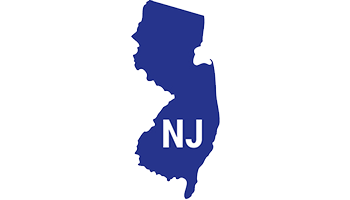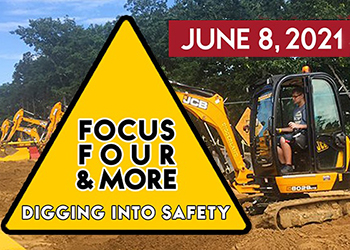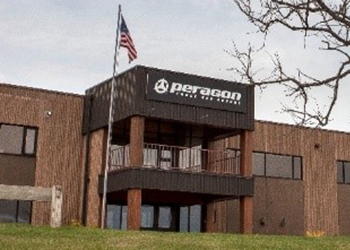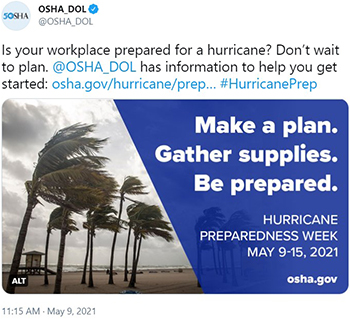QuickTakes Newsletter
May 17, 2021 • Volume 20, Issue 11 • A twice-monthly newsletter with information about workplace safety and health.

Beryllium Safety
OSHA has new resources to help protect workers from occupational exposure to beryllium.

Fall Protection
A Spanish-language webinar was held as part of the National Safety-Stand-Down to Prevent Falls. A video of the webinar and the slide presentation are available online.
Emergency Response
A new pamphlet provides information on personal protective equipment for emergency response and recovery workers.

Trenching Safety
Register for a free event on trenching safety that will take place in New Jersey on June 8.
Court Decision
A federal judge ruled that Bradenton behavioral healthcare center exposed workers to attacks by residents and destroyed video evidence.


Emergency Egress Violations
A Dollar Tree store was cited for exposing workers to hazards from fire, entrapment, falling boxes and blocked exit routes.
Fall Protection Violations
Six contractors face penalties for exposing workers to the risk of falls at a residential construction site.

Read about more OSHA enforcement cases.
Small Business Recognized for Safety
A Wisconsin truck bed cover manufacturer improved safety management and training after working with OSHA’s On-Site Consultation Program.
Social Media
Follow @OSHA_DOL on Twitter. For more safety and health resources and information, visit the U.S. Department of Labor’s social media accounts:
Safety Q&A
Are employers required to take steps to protect workers in extreme outdoor heat?
Employers are responsible for protecting workers from temperature extremes and should establish a heat illness prevention program if workers are exposed to conditions that can cause heat illness. Elements of an effective program include: providing workers with water, rest and shade; gradually increasing workloads and allow more frequent breaks for new workers to build a tolerance for working in the heat (acclimatization); modify work schedules as necessary; plan for emergencies and train workers about the symptoms of heat-related illnesses and their prevention; and monitor workers for signs of illness.








